Diverse Flavor Innovations
The Organic Energy Bar Market is experiencing a surge in innovative flavor profiles, which appears to be a key driver of consumer interest. As consumers seek variety in their snacking options, brands are responding by introducing unique and exotic flavors that cater to diverse palates. Market data suggests that flavor innovation can significantly impact sales, with products featuring novel combinations often outperforming traditional offerings. This trend not only attracts adventurous eaters but also encourages repeat purchases as consumers look to explore new taste experiences. The Organic Energy Bar Market is likely to continue evolving as brands invest in research and development to create flavors that resonate with health-conscious consumers.
Rising Health Consciousness
The increasing awareness of health and wellness among consumers appears to be a primary driver for the Organic Energy Bar Market. As individuals become more informed about the nutritional value of their food, they tend to gravitate towards organic options that promise better health benefits. This trend is reflected in the market data, which indicates that the organic food sector has been growing at a compound annual growth rate of approximately 10%. Consumers are actively seeking products that are free from artificial ingredients and preservatives, which positions organic energy bars as a favorable choice. The Organic Energy Bar Market is likely to benefit from this shift, as more people prioritize their health and opt for snacks that align with their dietary preferences.
Sustainable Sourcing and Production
Sustainability has emerged as a crucial factor influencing consumer purchasing decisions, particularly in the Organic Energy Bar Market. As environmental concerns gain traction, consumers are increasingly favoring products that are sourced and produced sustainably. This trend is supported by data indicating that a significant portion of consumers is willing to pay a premium for sustainably sourced products. The Organic Energy Bar Market is likely to see growth as brands adopt eco-friendly practices, such as using organic ingredients and minimizing packaging waste. This commitment to sustainability not only appeals to environmentally conscious consumers but also enhances brand loyalty, potentially leading to increased market share for companies that prioritize sustainable practices.
Convenience and On-the-Go Consumption
The fast-paced lifestyle of modern consumers seems to be driving the demand for convenient snack options, particularly in the Organic Energy Bar Market. As individuals seek quick and nutritious solutions to fuel their busy days, organic energy bars are increasingly viewed as an ideal choice. Market data indicates that the on-the-go snack segment is expanding, with a growing number of consumers preferring portable and easy-to-consume products. This trend is likely to bolster the Organic Energy Bar Market, as brands focus on packaging and product design that enhances convenience without compromising on quality. The appeal of organic energy bars as a quick source of energy aligns well with the needs of today’s consumers.
Increased Availability and Distribution Channels
The expansion of distribution channels for organic products appears to be a significant driver for the Organic Energy Bar Market. As retailers increasingly recognize the demand for organic options, they are broadening their product offerings to include a variety of organic energy bars. Data suggests that the presence of organic products in mainstream grocery stores has increased, making them more accessible to a wider audience. This enhanced availability is likely to contribute to the growth of the Organic Energy Bar Market, as consumers are more inclined to purchase products that are readily available. The strategic placement of organic energy bars in retail environments can further stimulate consumer interest and drive sales.
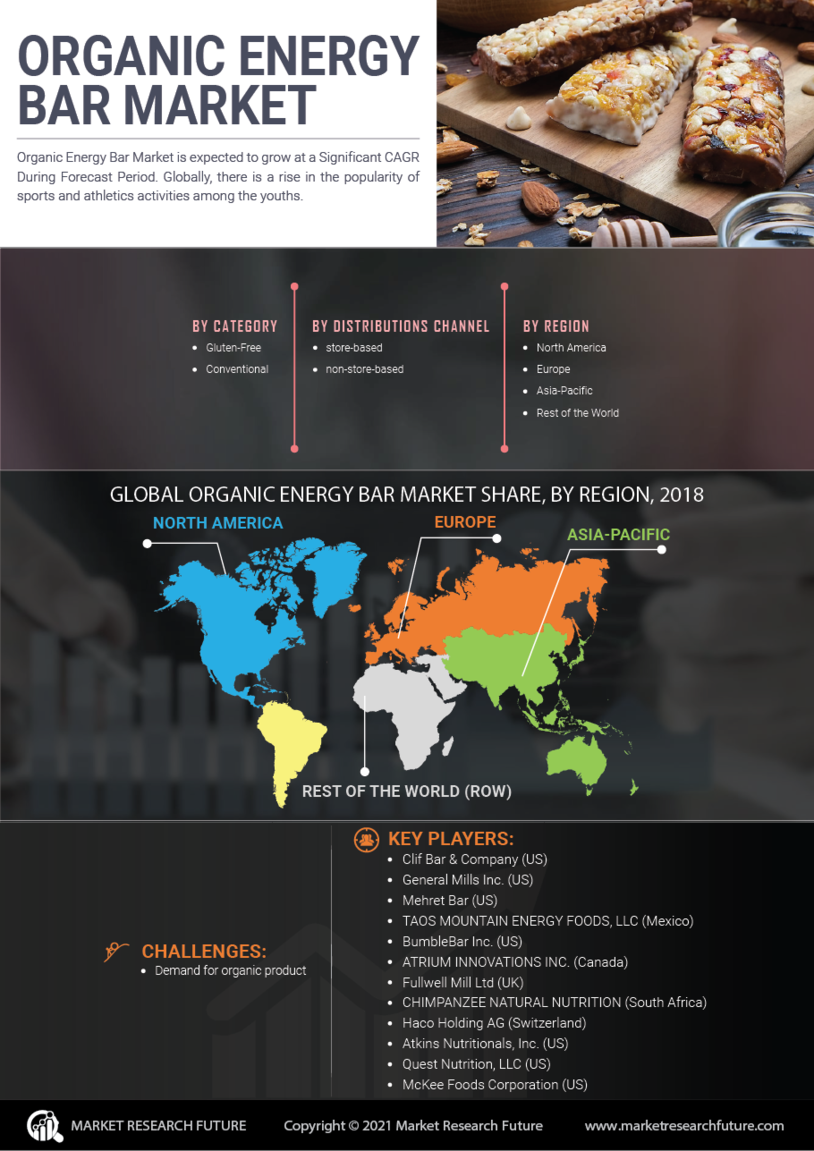

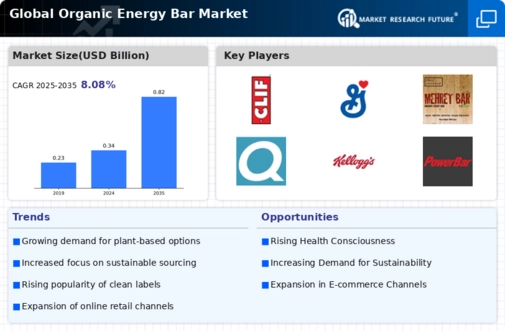


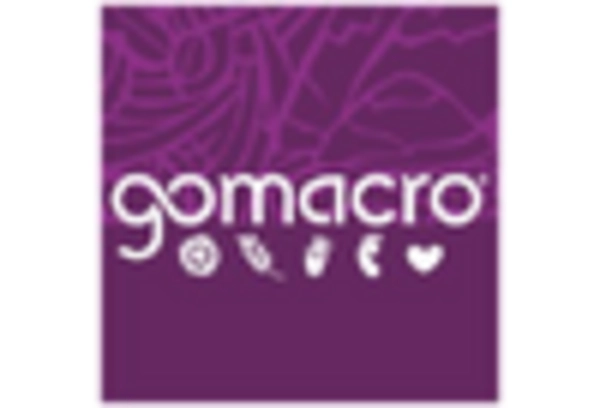

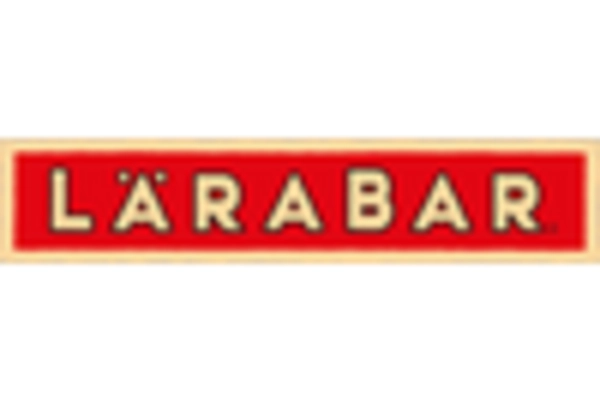

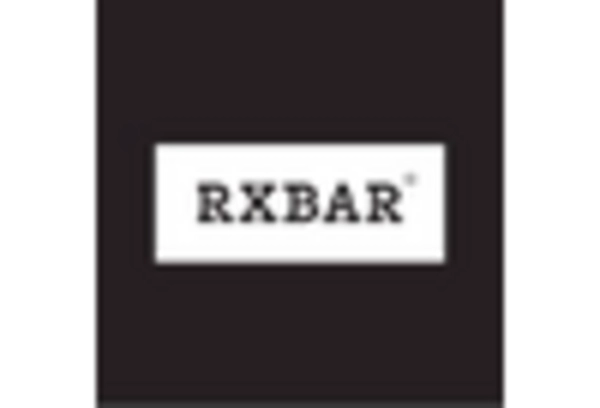








Leave a Comment